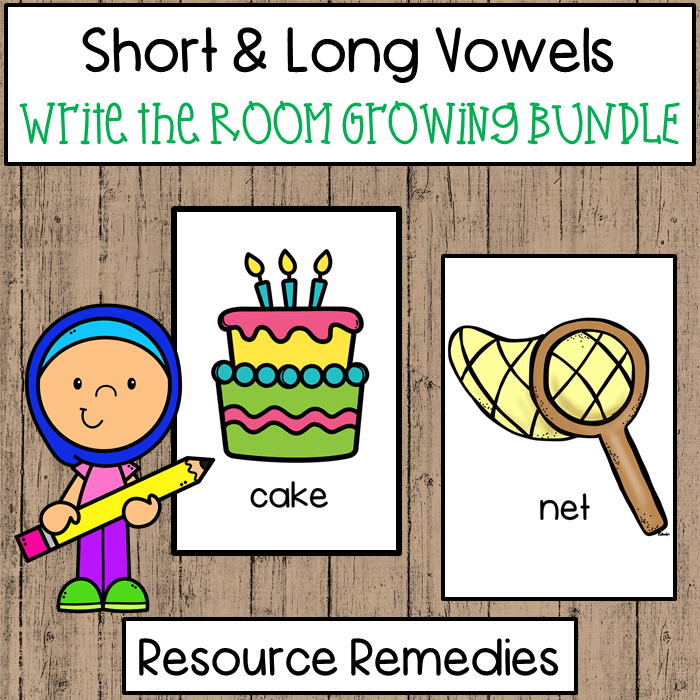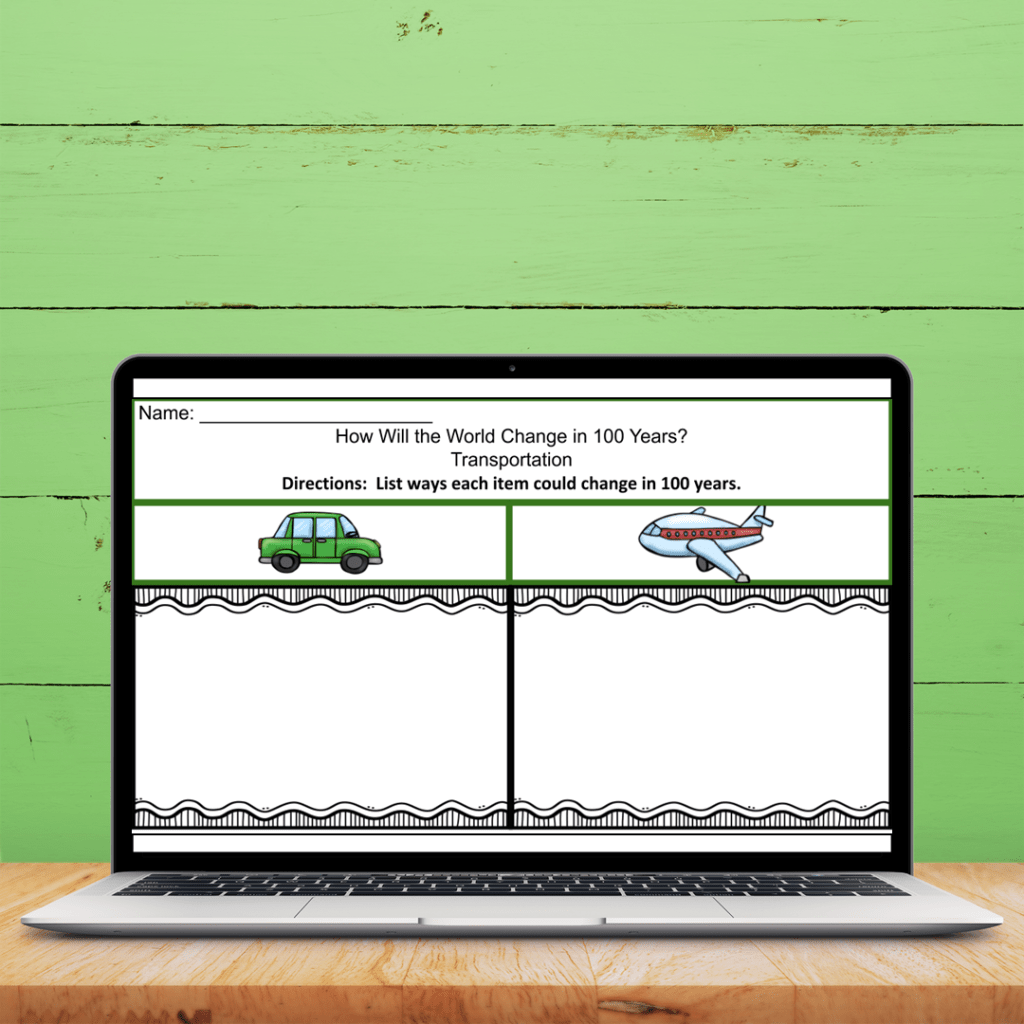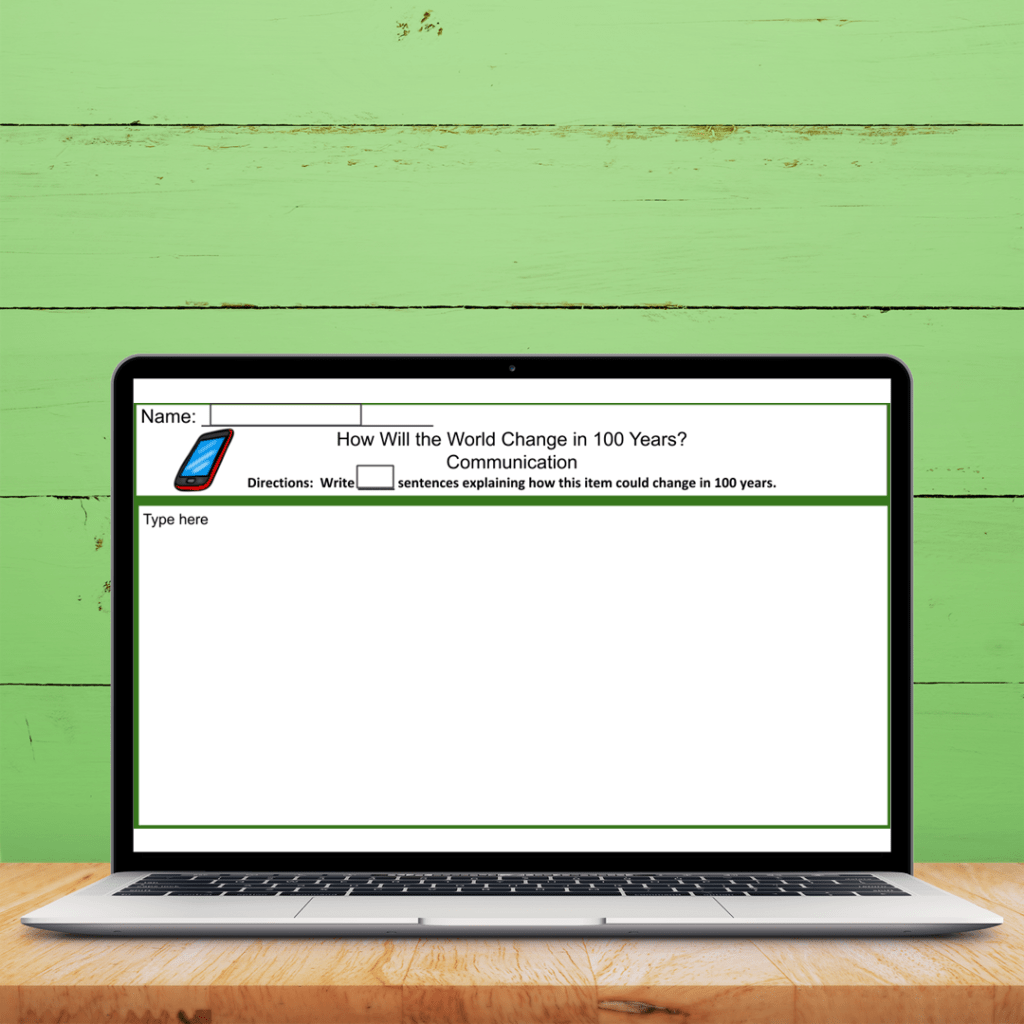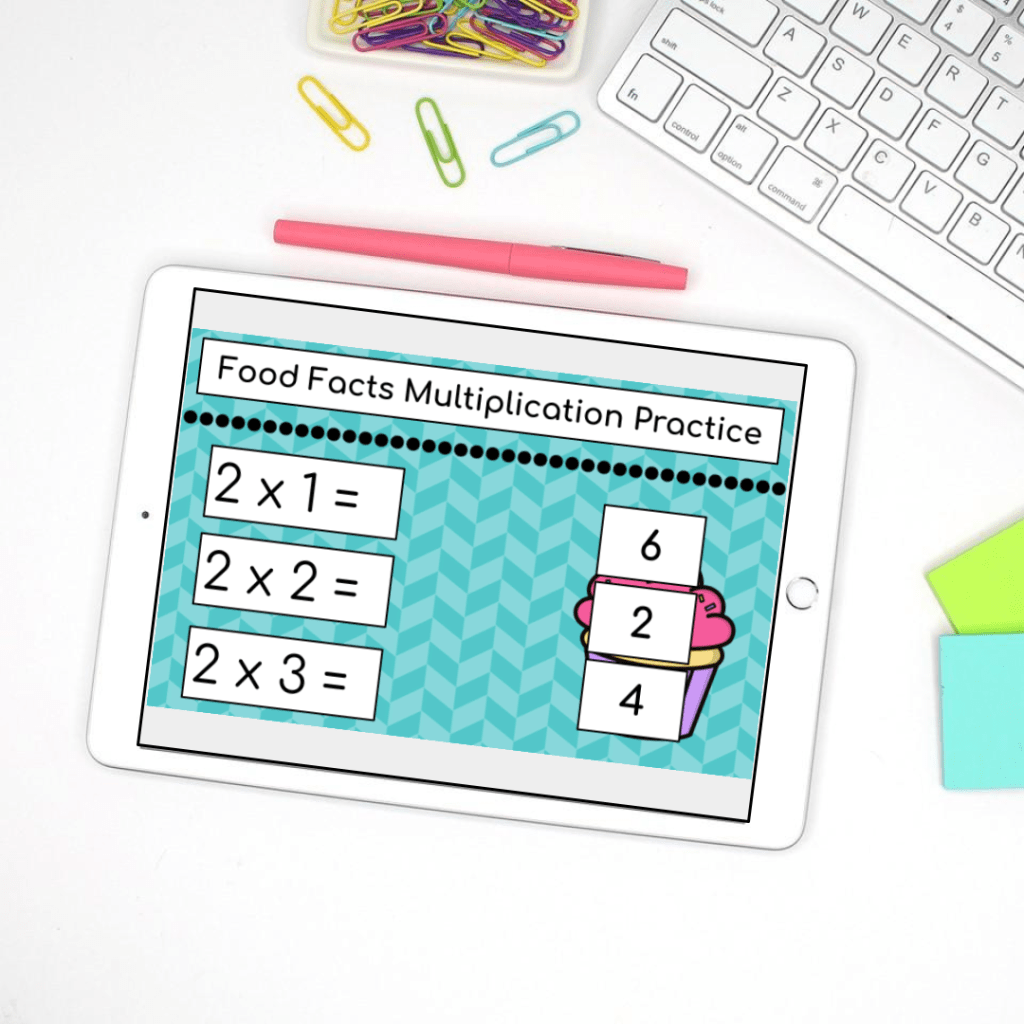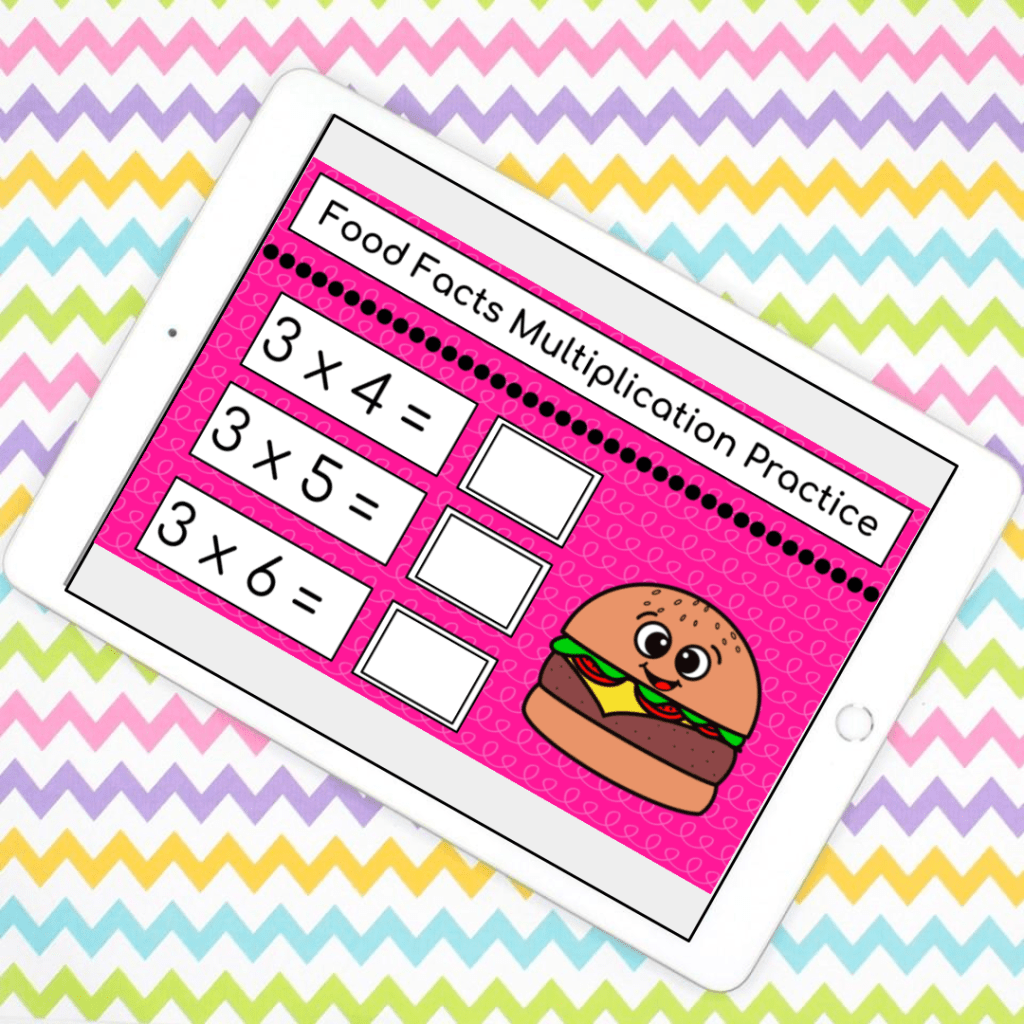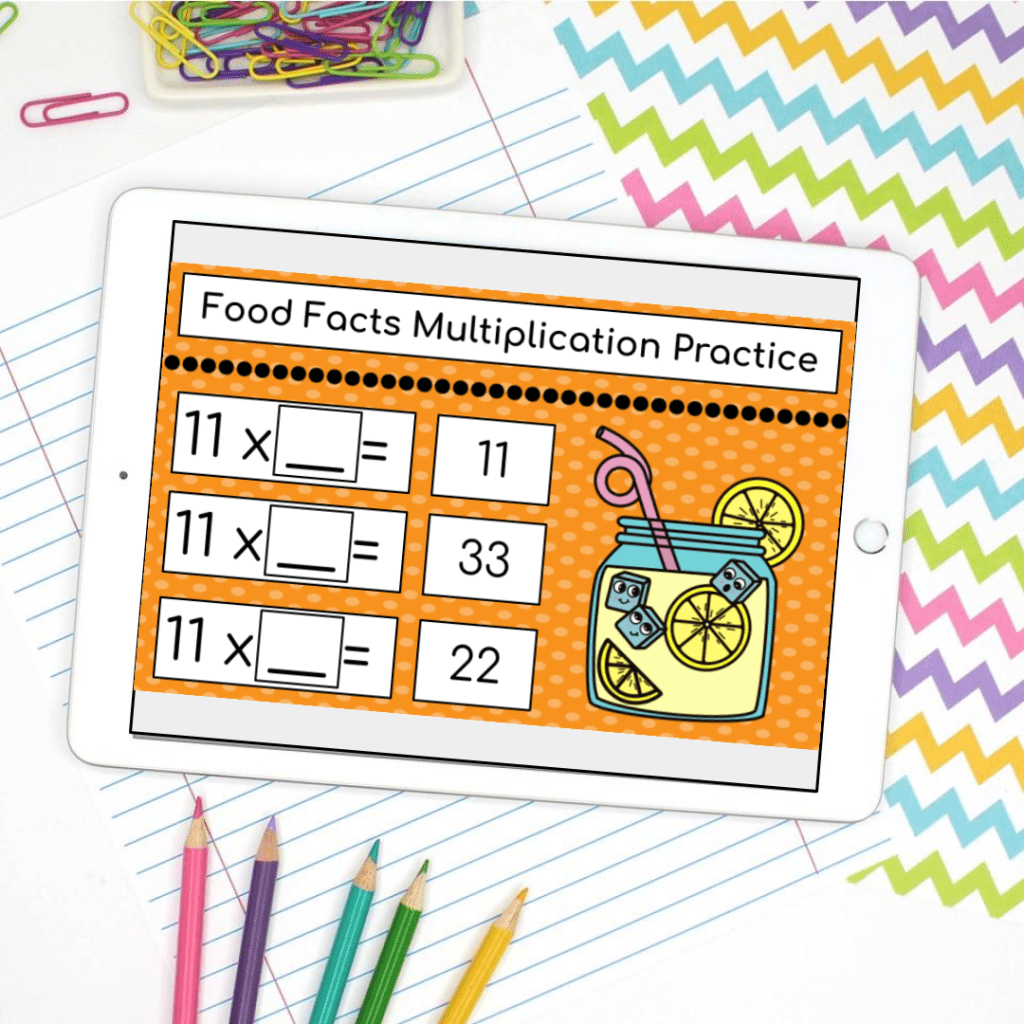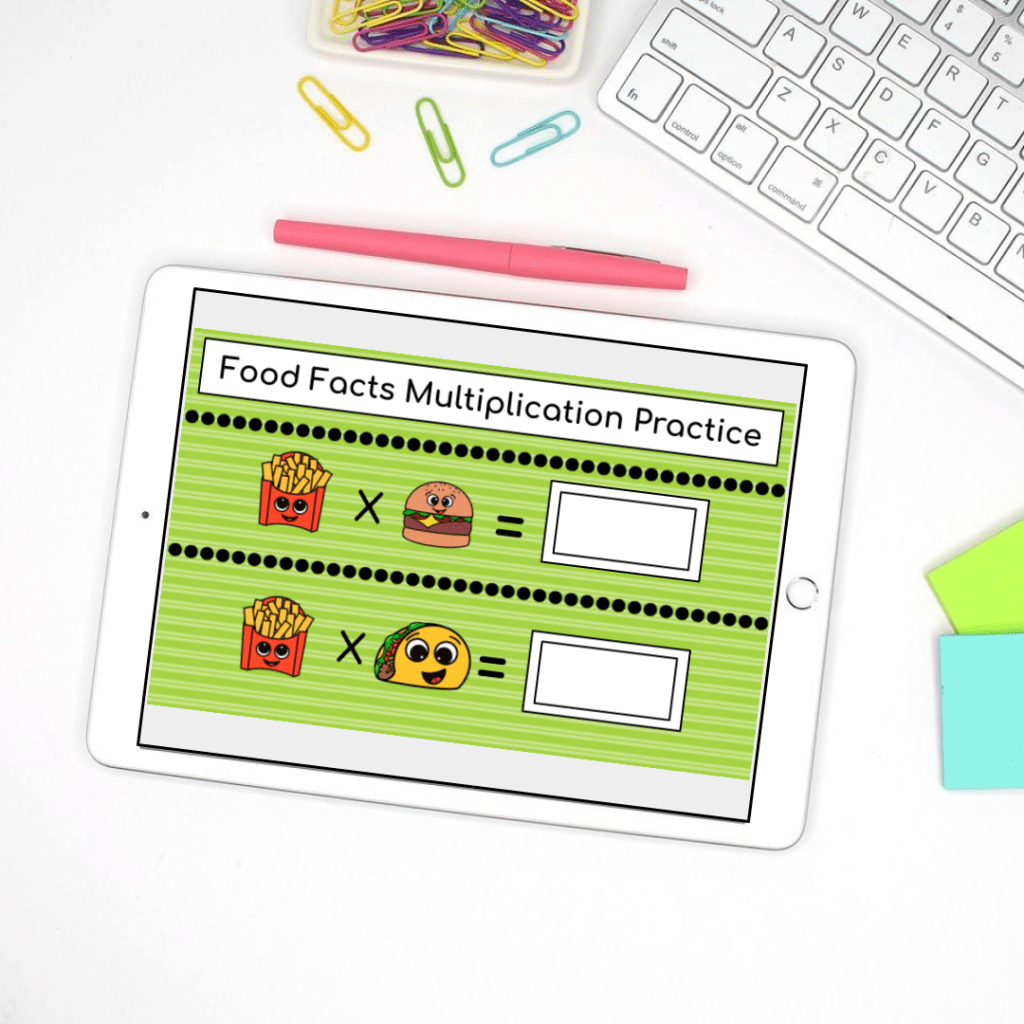After a decade of working as a special education teacher, I’ve gone through my fair share of intervention programs to find what works for my students. When I first started, the ONLY program I had was Read Naturally for 3rd, 4th, and 7th grade. That was it! What was I going to do for my other grade level students? What was I going to do for phonics intervention? What was I going to do for math intervention? To say I was overwhelmed was an understatement! Follow along to see my favorites for reading intervention.
Read Naturally Encore II
Let’s start with what I already had. Read Naturally is a fabulous program to work on reading fluency and comprehension. The manual includes a placement test and guidance on how to use the program. If going with the printed version, each level comes with CDs. There is a digital version, but I haven’t used it.
After giving the placement test, each week we work on a reading passage at the student’s instructional level. They start with a cold read on Monday, never having seen the passage before. I use a blue or green pen to mark how far the student reads in one minute and put the words per minute at the bottom. Then we review the vocabulary and discuss the passage details. Throughout the week we continue to reread the passage, with the goal of reading more words per minute each time. On Fridays, we do a hot read and mark how far the student gets in either red or purple pen. Then the student takes the reading comprehension quiz that goes along with the text. The comprehension component is fabulous! It asks questions like main idea, vocabulary, details, inferencing, etc. There is also a short response question in many of the levels.
What I love most about this program is its ease of use and it covers two components of reading in one program, fluency and comprehension. I use this program most with students who have a strong phonics foundation and don’t require phonics intervention.
Reading A-Z
Reading A-Z was the first program I asked for when building my resource program from scratch back in 2013. If you haven’t used Reading A-Z, you are missing out! There are SO many resources in one program!
Leveled books are included starting at the AA level, all the way through to Z2. The leveled books include comprehension quizzes and many times additional important reading skill sheets. Each book also includes a detailed lesson plan.
The decodable books are fabulous for my phonics students. Detailed lesson plans are also included with these along with word work. I use these a lot with another intervention program mentioned later in this blog post (UFLI).
Additional resources include alphabet resources, alphabet books, trade book resources, and fluency passages. To get print and digital resources, Raz Plus is the way to go!
IMSE Orton Gillingham Approach
I attended an IMSE training during my 2nd year of teaching, and it changed the way I taught phonics! IMSE has changed and updated their training quite a bit since 2014, but it is most definitely worth it!
During the training, I was provided with the manual and all of the tools I needed to implement the OG approach. Hands on and kinesthetic learning are ingrained in the lessons. I went from scratching my head on how to teach students struggling with phonics, to having the confidence to teach it correctly and in an engaging manner.
IMSE also has a plethora of additional support materials that are both digital and in print. Games, slides, task cards, etc. to help support learners. My students love the Taco and Ice Cream games!
Note: When I was trained, we learned how to use the Recipe for Reading manual and supplemental materials. These can still be purchased, but IMSE has developed their own training manuals and supplemental materials.
Edmark
A few years into my special education career, I had a few students that just were not making progress in phonics interventions. A fellow special education teacher suggested Edmark, and WOW!! My students went from being non-readers to reading full stories in one semester!
Edmark is designed with students with intellectual disabilities in mind. Each lesson works on getting high frequency words from short term memory into long term memory with a lot of repetition. Word signs are included too!
Edmark includes two levels, with students mastering 350 words when they finish the program. Each lesson has additional support with picture matching, phrase matching, comprehension pages, homework, spelling, and games.
UFLI Foundations
While I still love and use the IMSE OG Approach, I have a new favorite for phonics interventions. UFLI is AMAZING! Our district bought all special education teachers a manual, and I used it during summer tutoring to see what I thought. The growth I saw in my students was absolutely amazing.
Each lesson includes review of the previously taught skill and provides quite a bit of practice in each new phonics skill. Each lesson also includes irregularly spelled words (sight words/heart words) for students to learn and master. The program is designed to teach two lessons per week, each lesson lasting two days, then ending on Fridays with the progress monitoring assessment.
UFLI was designed for teachers by teachers and is the most affordable program I have ever used. Teachers only need to purchase the manual. Everything else is provided online for FREE. Yes, FREE!! All of the decodable texts, lesson slides, and additional support is all online for free. They even have a decodable text guide that shows which popular decodable readers align with the UFLI lessons. For example, if you have a Reading A-Z account, UFLI has a list of which books from Reading A-Z can go with their lessons. Now, many teachers printed and laminated the letter tiles provided on the website. My students need something a little sturdier, so I actually use the Really Great Reading Phonics Kits. I’ll put the link to them below. The kits are large, but include all the vowel teams, digraphs, and extra letters you will need for the more advanced phonics skills.
This has become my go to phonics intervention program for my students entering Tier III intervention. The success my students are having is amazing.
Really Great Reading Phonics Kit
Do you have a favorite reading intervention program? Let me know what you use to meet the needs of your students!






